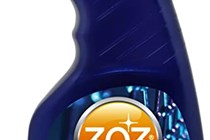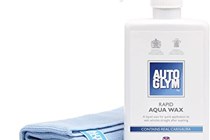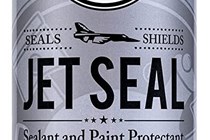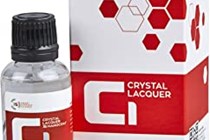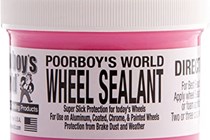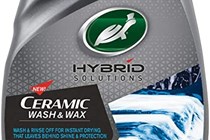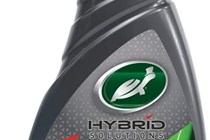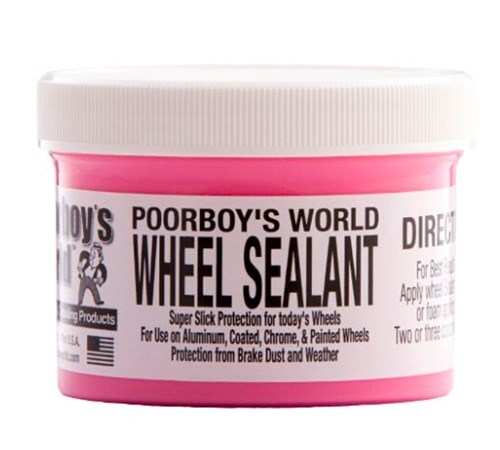We’ve covered a range of options on the subject, but we figured it was time we pooled them into a single guide that compares and discusses all car protection alternatives at once. Ultimately, they all strive to achieve the same goal, it’s just that some are newer than others and with varying strong suits.
That sounds a little vague, so let’s get to it.
What are my options for paint protection?
In terms of DIY options, you are looking at car wax (both natural and synthetic), ceramic products, and graphene alternatives. Below is a summary of these, but we will go into greater detail further below.
Waxes for use on cars have been around for a long time, particularly natural wax. They come in both liquid and paste forms, the latter taking longer to apply but creating a thicker protective layer. Waxes provide good all-round protection, are hydrophobic, and work well in tandem with a polish to generate that lustrous glossy finish.
Ceramics are a more recent development in car care. Ceramic car care products use liquid silicon dioxide (SiO2) polymers (long chains of molecules), also known as silica and found in nature as quartz. When applied to a car, the liquid forms a very strong bond with the applied surface. Ceramics’ strong suits are longevity and UV protection. It’s also very hydrophobic, making it harder for substances to cling to paintwork, allowing for easier car cleaning.
Graphene is essentially an upgraded, even newer version of ceramics. Graphene car care products use graphene oxide that also bonds very firmly to a surface, but further improving UV protection, chemical resistance, and the like.
What none of these options can do is protect fully against scratches and chips. They can all, to a degree, protect against light scratches from jacket zips for example, but if you want a higher level of scratch and chip protection, you need to investigate a professionally fitted paint protection film. This is often an optional extra on new cars too.
Should I bother with paint protection?
If the appearance of your car matters to you then yes you should. In the same way that UV degrades the condition of your headlights, it also fades paintwork. In addition to helping protect against this, paint protection will make it harder for grime, muck, tar, bird droppings, and other substances to adhere quite so firmly to paintwork, resulting in your car being easier to clean.
Many waxes and other paint protection products claim to generate a shine on your car. They say this because most of these products have to be applied to a car that is already clean, so that is a little misleading. If you want to get a glossy finish from your paintwork, you must thoroughly clean and polish your car before adding a layer of paint protection.
Paint protection is an important step in car cleaning. It’s the final piece of the puzzle that locks in all your hard work with a car shampoo and polish. Without it, all that will be undone in a jiffy once the car is used.
You might imagine it’s the hobby and weekend cars that should have paint protection most urgently. But these are only used on occasion, and it is in fact the everyday cars and high-milers that demonstrate the benefits of paint protection more obviously.
Wax
Carnauba wax is the most common natural car wax you’ll find. It’s durable, it’s tough with a melting point of over 80°C, and pairs well with polish to make paintwork gleam. There are synthetic alternatives that often come in a liquid form; you can also get synthetic-natural blends that can come as either a paste or a liquid.
A liquid is easier to apply than a paste, but a paste creates a thicker layer. It’s up to you what matters more – convenience or level of protection.
Applying a wax takes time, with the exception of spray-on options. Cars need to be clean and dry, and waxes need to be applied carefully with a pad out of direct sunlight, ensuring all parts of all panels are covered. Leave it for five or 10 minutes before buffing with a microfibre cloth.
Below are our favourite car waxes.
Editor’s pick
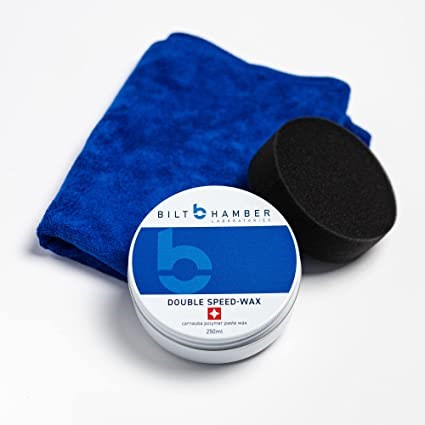

Best synthetic liquid wax
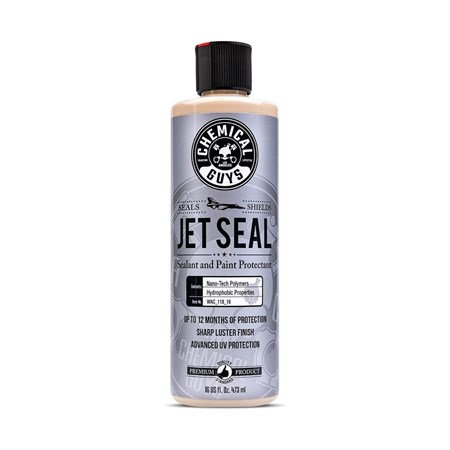

Best pure wax
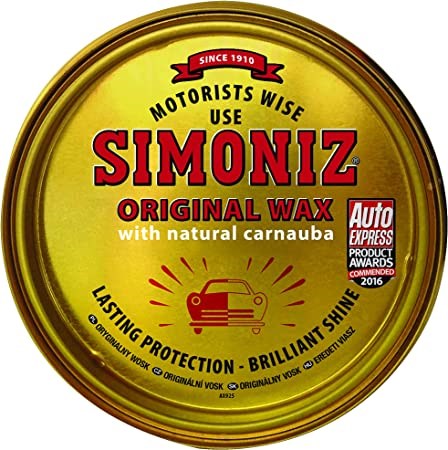

Best for Gloss
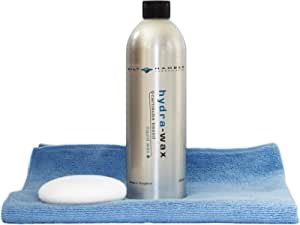

Best fast wax


Ceramic products
Ceramic products come in liquid form, either as a spray or in a bottle. As such, they are all easy to apply can last for an incredible amount of time – years in some cases.
Ceramics are essentially an upgrade to wax, not so much in terms of post-polish shine, but certainly in terms of protection and durability. Even sprays can last for months.
While the valeting professionals tend to only consider bottled lacquers as true ceramic coatings, there are plenty of products that use ceramic technology and are more DIY-friendly. For example, some sprays demonstrate one of the major advantages of ceramics over wax in that they can be used on any exterior surface including glass, plastic, wheels, and headlights. Meanwhile, the ceramic lacquers are for bodywork only.
Sprays are fast to apply but usually need to still be applied to a clean, dry car. Some may not but we suggest you do anyway for best results. Bottled products are like the waxes in that they need to be applied carefully, buffed following application, and some require a curing time. It’s not hard but it can take a while.
Below are our recommended ceramic coating products:
Best ceramic coating


Best ceramic wax


Best ceramic spray
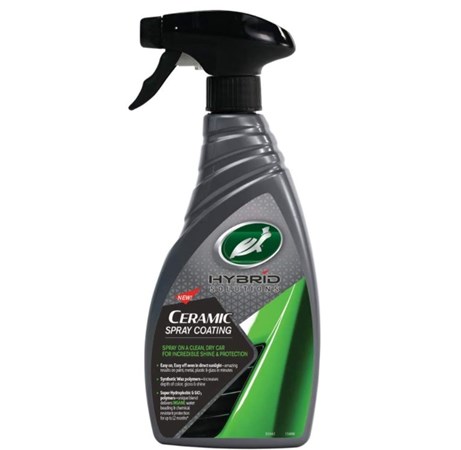

Best wash and wax shampoo
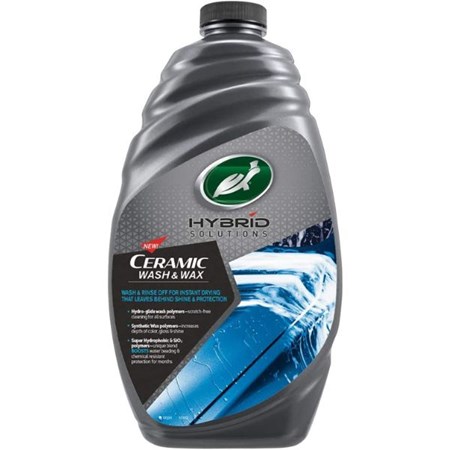

Graphene
Graphene really is a later, greater version of ceramics. There’s lots of hype over extreme water beading and all the other things enthusiasts get excited about. But the main thing with graphene products is the UV protection. All the other products are very hydrophobic too, but the improved UV protection is a major plus point here.
In terms of application, once again, it’s very similar to ceramic products.
Our recommended options are simple ones. One is a superb spray, the other a complete paint care kit. The reason being that they are by far the best graphene options in terms of a balance of convenience and performance. The bottled ceramics and even the waxes perform so well already, the visible benefits of a hardcore graphene liquid or paste are negligible frankly, though they do exist.
Best graphene spray
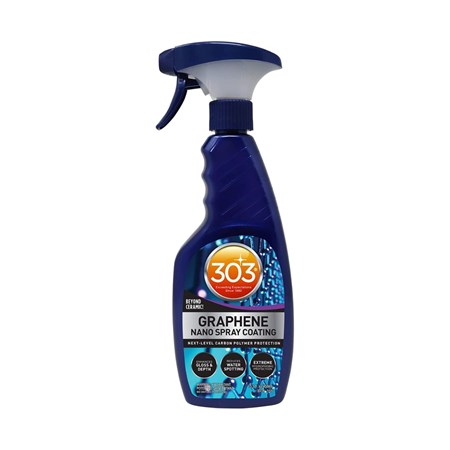

Best graphene care kit
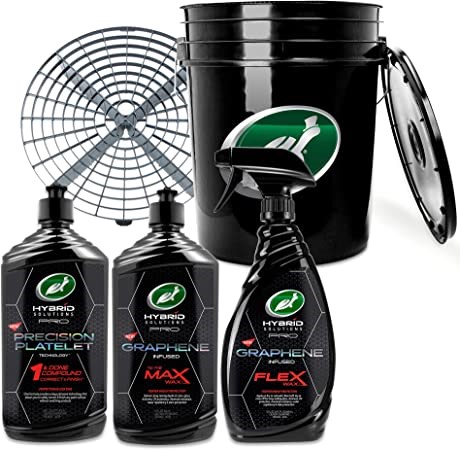

Summary
This all boils down to two considerations for you: what type of paint protection you want and how you wish to apply it.
Waxes will likely be the most familiar to you – you’ll likely know what to expect and how to use them. In terms of protection, they perform well with semi-regular application.
Ceramics can be both convenient in spray form, or very hardy as a proper lacquer. If you’re willing to put in the time, the Gtechniq coating offers remarkable paint protection and worthwhile for cars that get used a lot by people who desire top-level paint protection.
Graphene is relatively new on the scene and more products will become available as time goes on. At present, the 303 Graphene Nano Spray stands as the best of the spray coating options, being fast, effective, and versatile.
What about wheels?
There are protection options for wheels. Where paint protectants shield paintwork primarily from UV, wheel sealants work to prevent brake dust and road grime build-up, thus keeping wheels looking better for longer and being easier to clean.
Which is best? We recommend Poorboys Wheel Sealant. It’s a paste that does an exceptional job of a very hard task. For more information on wheel sealants, read our guide.
Sign up to the Parkers Newsletter to keep up to date with more of the latest reviews, news, and recommendations from the Parkers team.
Just so you know, whilst we may receive a commission or other compensation from the links on this website, we never allow this to influence product selections – read why you should trust us





